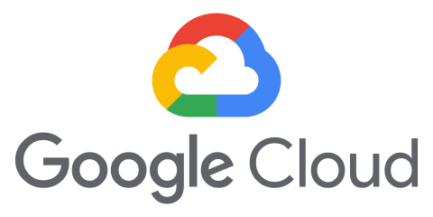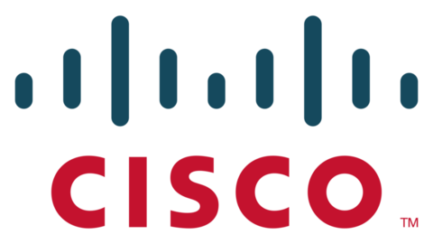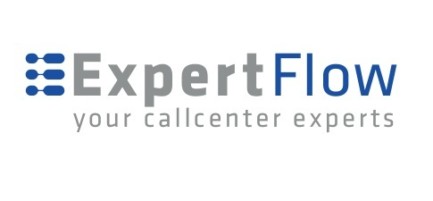Hybrid Chat Wins the Google & Cisco Cloud Challenge
Expertflow, together with Bucher + Suter, have won the grand prize for the Cisco & Google Cloud Challenge by implementing a hybrid chat solution that leverages the Cisco Cloud and Google Cloud platforms to powerful effect. Together, these companies have collaborated to reframe how contact center agents and AI chatbots serve customers across the customer lifetime journey.
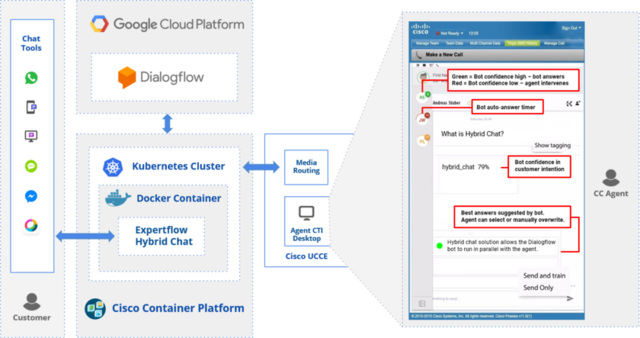
The Problem
Our award-winning solution came out of an effort to better integrate bot – agent functionality as a way of optimizing agent resource utilization.
Normally, bots have a hard time effectively handling complex customer transactions; inevitably, customers will ask questions the bots can’t answer, which typically has made it necessary for certain classes of transactions to be exclusively agent-based.
Our goal was to make it possible for businesses to implement a solution that could utilize both bots and agents in a seamless, and highly efficient way. Here’s what we did…
The Solution
We created a hybrid chat solution that makes it possible for chatbots to handle the majority of customer interactions, and to remain involved even when interactions are escalated to agents. When a bot is stuck with a customer question, a color-coding system alerts a monitoring agent, who can then seamlessly and instantaneously intervene with an appropriate, bot-suggested response, or craft a manual response. Because these bots are responsive to tagged training data, and can improve their AI-based NLU models, bot response accuracy and breadth of response competency improves through progressive data exposure.
The Solution is Innovative in at Least Four Respects:
First: One of the most exciting things about this solution is that the bots are in continuous conversation with customers, even during agent interventions. This is the essence of what this hybrid implementation means: bots are involved in a three-way interaction with customer and agent rather than being turned off when customer questions are escalated. Consequently, agents can be off-loaded for any recurrent conversation elements.
Second: Our solution fully leverages the contact center for media routing, agent skills, CTI, and reporting. These elements are therefore common to all media.
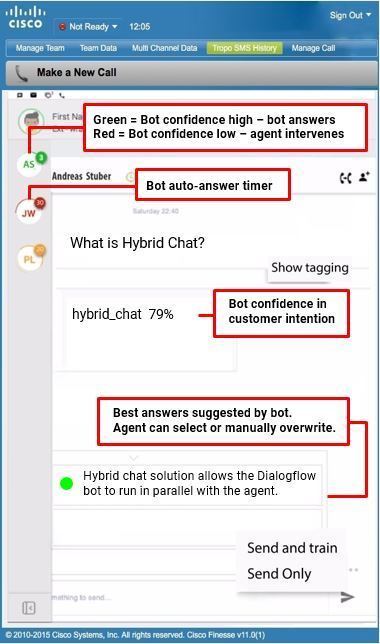
Third: We track interactions across all channels. As a result, the bots are aware of every interaction through any media type. For example, if a customer calls, and later initiates a chat, the bot will be aware of the earlier call.
Fourth: In the near future, our implementation will allow supervisors to train bots more rapidly by using clustering and grouped messages from real conversations, rather than painstakingly creating dialog interaction samples. Administrators can thus focus bot training on high-value and high-volume situations, to optimize bot improvement. With this approach, bot participation will progressively increase as bot competency improves. For example, companies can start with a chat solution without bot interaction, and then gradually introduce small portions of the conversation to be managed by the bot.
Nuts and Bots
When we learned about the Cisco & Google Cloud Challenge, we knew right away it would be an ideal platform to showcase a solution we first developed for, and in conjunction with, Helvetia Insurances. We’d like to explain what our implementation looks like from an infrastructure perspective to clarify what we envisioned, and what we ultimately created.
Our Hybrid Chat solution is deployed on Docker Containers and is orchestrated via Kubernetes. Consequently, the solution can run on-premise, or in-cloud on Google GCP, where we also have Google Dialogflow. The decision about where to run is flexible and can track with whether or not the implementation requires an on-premise solution, such as Cisco CCX or CCE, or can utilize a cloud-based offering, such as Cisco HCS.
The advantage with Kubernetes, and related technologies, is that we were able to focus our development energies on the application itself, without needing to worry about things like failover, scaling, security, or where each component was running. Kubernetes orchestration allows applications to scale down (making certain features available for smaller clients, with few servers), and scale up (adding cloud capacity on GCP) for very large and fault-tolerant deployments. Server capacity then auto-scales to dynamically changing business requirements.
«Winning this award is amazing. And, being recognized by companies like Cisco and Google for having created useful technology lets us know that we’re working in the right direction»
Google and Cisco Contact Center AI
Ultimately, this solution uses similar components to those used by the Google and Cisco Contact center AI solutions which do things like suggest answers to agents. That technology is currently in alpha in the US, and is only available for voice channels. What is different in our solution is that it embeds Google Dialogflow directly into the actual handling of text channels (i.e. Email or Chat). Furthermore, it is available worldwide, in both on-premise and cloud-based options. This means that global implementations can start building their NLU models and bots today, in a more tangible setting than voice. In so doing, they can get business organizations ready for further technology developments from both Google and Cisco in the AI, customer care ecosystem.
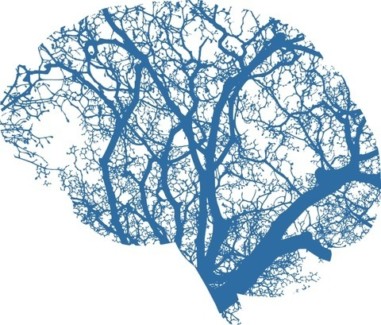
Watch the Interview with Helvetia Insurances
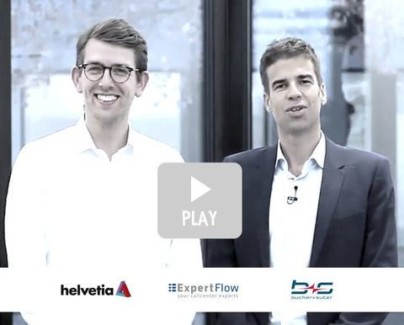
This is a Collaboration Between Bucher + Suter and:
